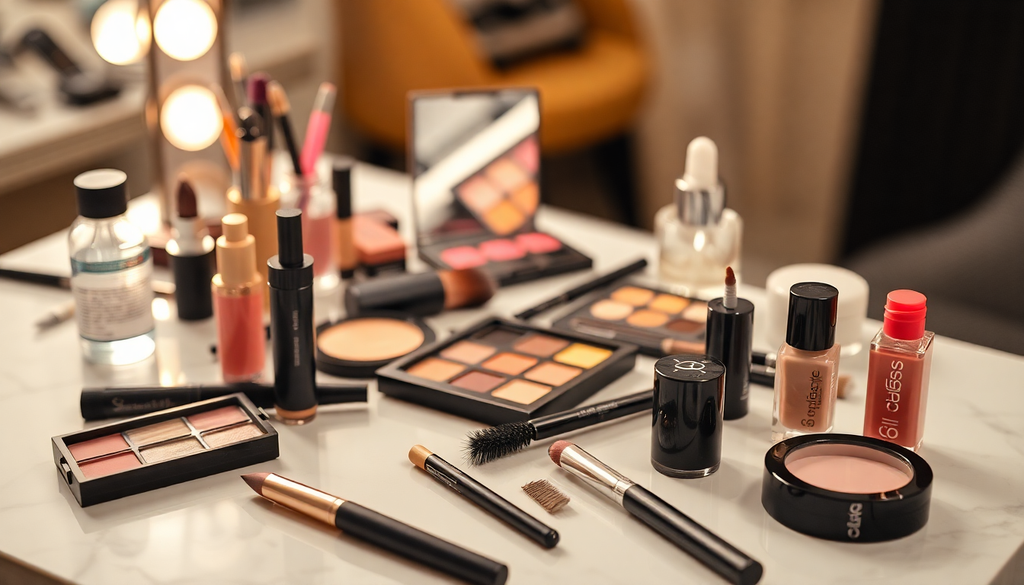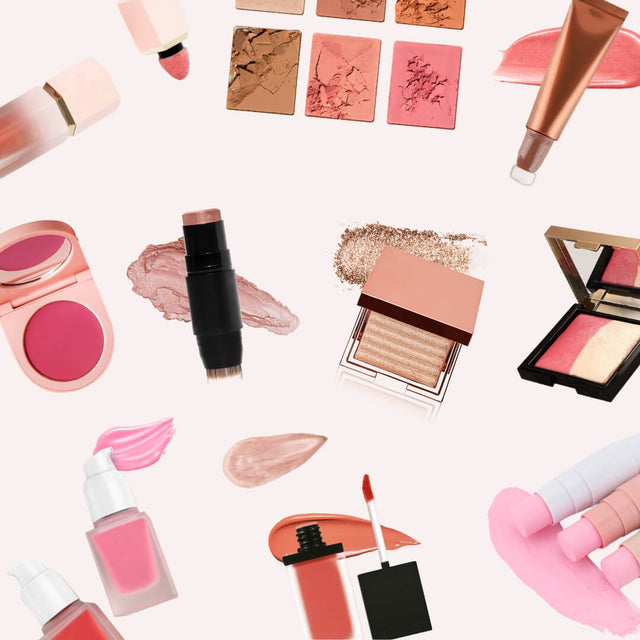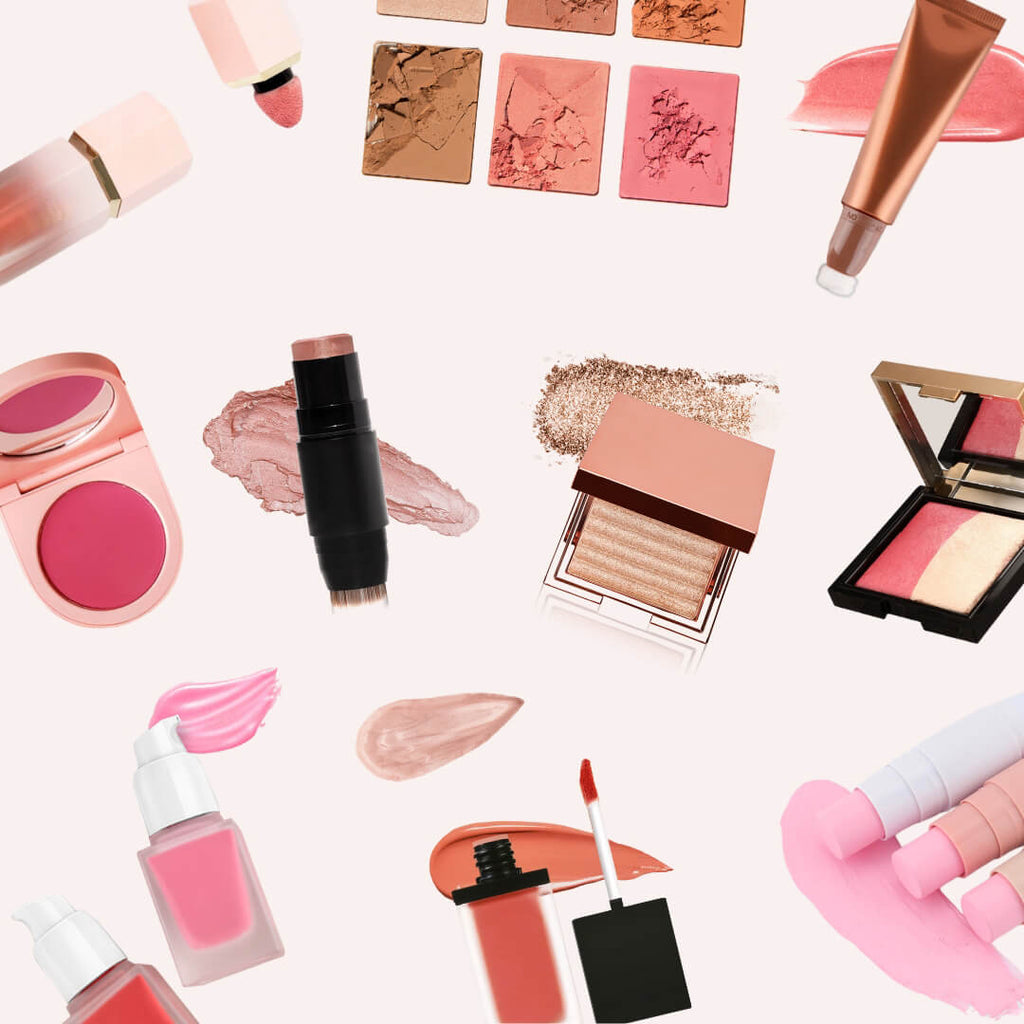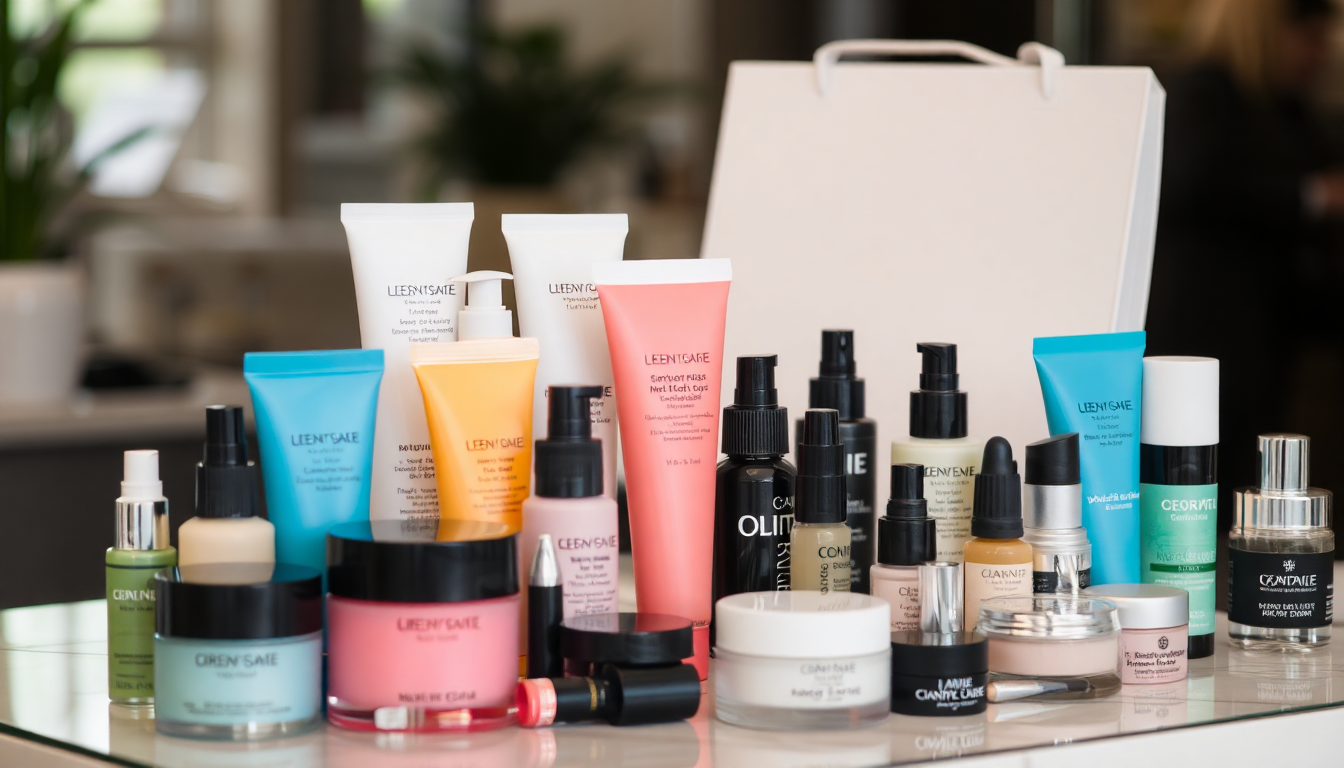
Navigating the New Zealand Makeup Landscape: Essential Steps for Launching Your Private Label Cosmetics Brand in 2025
Introduction
Launching a private label cosmetics brand in New Zealand in 2025 can be both exciting and challenging. The beauty industry is ever-evolving, with trends shifting rapidly and consumer preferences changing. Understanding the landscape and the essential steps required to establish your brand is fundamental to your success. This comprehensive guide will provide you with the necessary information to navigate the New Zealand makeup market effectively.
Step 1: Understanding the Regulatory Environment
Before diving into launching your cosmetics line, it’s crucial to understand the regulations surrounding cosmetics in New Zealand. Key points to consider include:
- Cosmetics Standard: Familiarize yourself with the New Zealand Cosmetics Standard 2008, which outlines the safety and quality requirements for cosmetic products. This standard ensures that all cosmetics marketed in New Zealand are safe for use and meet specific quality benchmarks.
- Labeling Requirements: Ensure your product labels comply with the requirements set by the Australia New Zealand Food Standards Code. This includes listing all ingredients in descending order of predominance, including specific warnings and directions for use, and providing manufacturer contact information.
- Compliance Certifications: Obtain necessary certifications, such as safety assessments and microbiological tests, to ensure your products are safe for consumers. This not only builds trust but is often a legal requirement.
- Registration and Notifications: Depending on your product type, you may need to notify the relevant authorities about your cosmetics before they hit the market. Ensure you check any local guidelines.
Step 2: Conducting Market Research
Before launching your brand, it’s essential to conduct thorough market research. This will help you understand consumer behavior, identify your target audience, and analyze competitors. Key aspects to focus on include:
- Consumer Trends: Stay updated with current trends in the cosmetics industry. For example, there is a growing demand for clean and sustainable beauty products.
- Target Audience: Define your target market by demographics, preferences, and shopping behaviors. Understanding your audience will help tailor your products and marketing strategies.
- Competitive Analysis: Identify your main competitors in the New Zealand market. Analyze their product offerings, pricing strategies, and marketing tactics to find gaps that your brand can fill.
Step 3: Sourcing Your Products
Once you understand the regulations and market dynamics, it's time to source your makeup products. Here’s how to effectively source and develop your products:
- Find a Manufacturer: Look for reputable manufacturers who offer private label services. Ensure they comply with New Zealand’s cosmetic regulations. It’s advisable to visit potential suppliers and conduct factory audits to verify their capabilities.
- Quality Control: Implement strict quality control measures to maintain product safety and efficacy. Regularly inspect products during manufacturing and establish a feedback loop with your manufacturer to address issues swiftly.
- Custom Formulations: Consider developing custom formulations to differentiate your brand from competitors. Collaborate with cosmetic chemists to create unique products that resonate with your target audience.
- Packaging Considerations: Select packaging that is not only visually appealing but also functional and sustainable. Eco-friendly packaging options are increasingly favored by consumers.
Step 4: Setting Up an Online Store
In 2025, an online presence is crucial for any cosmetics brand. Follow these steps to set up your online store:
- Choose an E-commerce Platform: Select a platform like Shopify, WooCommerce, or Magento that suits your business needs. Ensure the platform allows for easy updates and is scalable as your business grows.
- Design Your Website: Ensure your website is visually appealing and user-friendly. Invest in professional photography for your products, as high-quality images can significantly influence purchasing decisions.
- SEO Optimization: Optimize your website for search engines by using relevant keywords, meta descriptions, and alt texts for images. Consider creating a blog to drive traffic to your site through informative content related to beauty and cosmetics.
- Payment Options: Implement various payment options to cater to different customer preferences, including credit cards, PayPal, and local payment methods.
- Mobile Optimization: Ensure your online store is mobile-friendly, as a significant portion of consumers shop via smartphones and tablets.
Step 5: Marketing Your Makeup Brand
Effective marketing strategies will help you reach your target audience and build brand awareness. Consider the following:
- Social Media Marketing: Utilize platforms such as Instagram, TikTok, and Facebook to showcase your products and engage with customers. Regularly post content that resonates with your audience, including tutorials, user-generated content, and behind-the-scenes glimpses of your brand.
- Influencer Collaborations: Partner with beauty influencers and bloggers to promote your products and reach a wider audience. Choose influencers whose values align with your brand for authentic promotion.
- Email Marketing: Build an email list to keep your customers informed about new launches, promotions, and beauty tips. Offer exclusive discounts to subscribers to encourage sign-ups.
- Content Marketing: Create valuable content that addresses your audience's pain points and interests. This can include blog posts, videos, and how-to guides that establish your brand as an authority in the beauty industry.
- Online Advertising: Invest in paid advertising on social media and search engines to boost your visibility. Utilize retargeting ads to reach visitors who have shown interest in your products.
Step 6: Building Your Brand Identity
Your brand identity is what sets you apart in the crowded cosmetics market. Focus on:
- Brand Story: Share your story and values to create an emotional connection with your audience. Authenticity resonates well with consumers today.
- Visual Identity: Develop a cohesive visual identity, including a logo, color scheme, and typography that reflects your brand personality.
- Customer Engagement: Engage with your customers through social media, surveys, and feedback to improve your products and services. Building a community around your brand can help foster loyalty.
- Brand Consistency: Maintain consistency across all platforms and touchpoints, including packaging, website design, and social media presence, to strengthen brand recognition.
Step 7: Distribution and Sales Channels
Once your products are ready and your marketing strategy is in place, consider your distribution channels:
- Direct-to-Consumer: Selling directly through your online store allows you to maintain control over branding and customer experience.
- Retail Partnerships: Explore partnerships with local retailers or beauty salons to carry your products in-store. This can enhance credibility and reach a broader audience.
- Pop-Up Shops: Consider hosting pop-up shops or participating in beauty expos to allow customers to experience your products in person.
Step 8: Tracking Performance and Analytics
Once your brand is launched, it’s crucial to monitor your performance and make data-driven decisions. Key metrics to track include:
- Sales Analytics: Monitor sales data to identify best-selling products and trends over time.
- Website Traffic: Use tools like Google Analytics to understand where your traffic is coming from and how customers are interacting with your website.
- Customer Feedback: Regularly solicit feedback from customers to identify areas for improvement and gauge satisfaction.
- Marketing ROI: Evaluate the effectiveness of your marketing efforts to determine which strategies yield the best results and allocate resources accordingly.
Conclusion
Launching a private label cosmetics brand in New Zealand in 2025 requires careful planning and execution. By understanding the regulatory environment, conducting thorough market research, sourcing quality products, setting up a robust online store, implementing effective marketing strategies, building a strong brand identity, establishing distribution channels, and continuously tracking performance, you can successfully navigate the New Zealand makeup landscape and achieve your business goals. Remember, the beauty industry is not just about selling products; it’s about creating an experience that resonates with your target audience and builds lasting relationships. With dedication and strategic planning, your private label cosmetics brand can thrive in this vibrant market.
Share
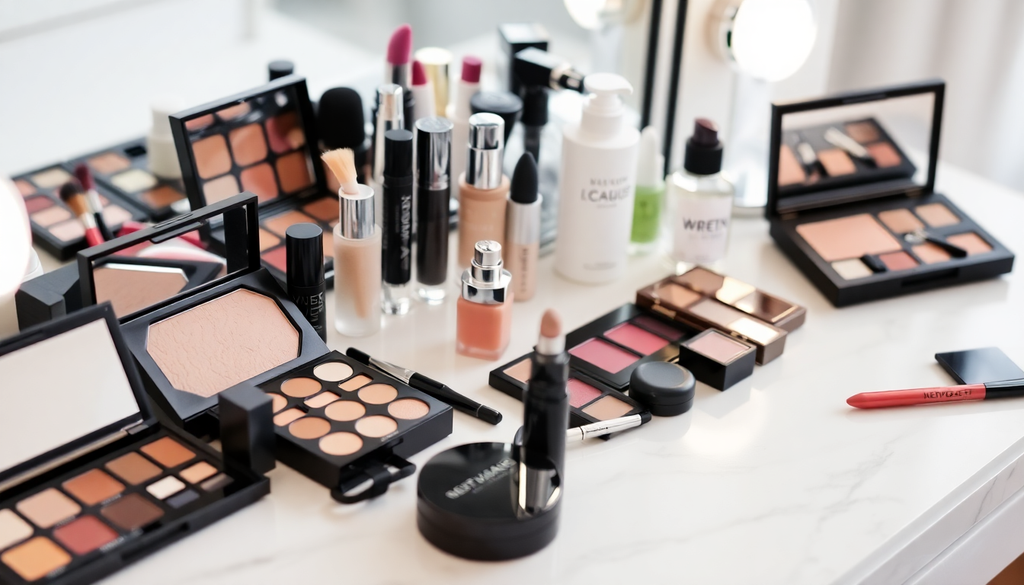
Navigating the New Zealand Makeup Market: Essential Insights on Private Label Cosmetics, Import Regulations, and Effective Marketing Strategies for 2025
